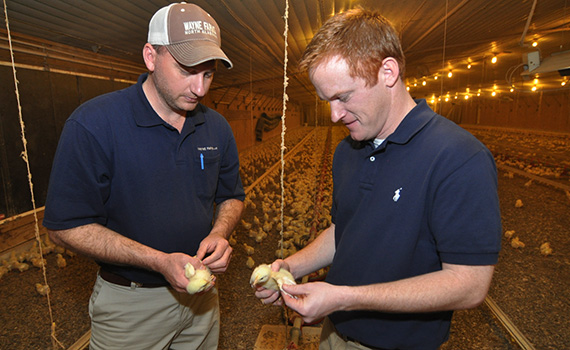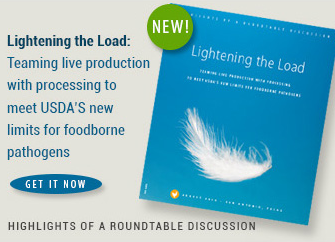Want to use a VFD medication in a combination? Better check with your vet first
Some poultry medications requiring a veterinary feed directive (VFD) are indicated for use alone while others are approved for use in combination with over-the-counter (OTC) products.[1]
For example, Aureomycin (chlortetracycline) is a broad-spectrum VFD medication that provides protection against a wide range of respiratory and enteric diseases. It’s indicated for use alone or in combination with one of four OTC medications: Bio-Cox (salinomycin), Deccox (decoquinate), Robenz (robenidine) or Zoamix (zoalene).
Nevertheless, it’ll be up to the veterinarian to determine whether a VFD medication may be combined with other medicated feed additives — even if that combination is an approved one. The authorization will be provided on the VFD form as follows:
This VFD authorizes the use of the VFD drug(s) cited in this order in the following FDA-approved, conditionally approved, or indexed combination(s) in medicated feed that contains the VFD drug(s) as a component. [The specific approved combination medicated feeds must then be listed.]
If the veterinarian wants the VFD medication to be used alone, he or she will make this clear on the VFD form:
This VFD only authorizes the use of the VFD drug(s) cited in this order and is not intended to authorize the use of such drug(s) in combination with any other animal drugs.
Then there’s a hybrid scenario, where a veterinarian might authorize use of a VFD medication in any approved combination that contains the VFD medication. This gives producers the option of using the VFD medication either alone or in any approved combination with the OTC drugs in the medicated feed. In such cases, the statement on the VFD will read:
This VFD authorizes the use of the VFD drug(s) cited in this order in any FDA-approved, conditionally approved, or indexed combination(s) in medicated feed that contains the VFD drug(s) as a component.
For more information, click here.
[1] #120 Guidance for Industry Small Entity Compliance Guide Veterinary Feed Directive Regulation Questions and Answers http://www.fda.gov/downloads/AnimalVeterinary/GuidanceComplianceEnforcement/GuidanceforIndustry/UCM052660.pdf Accessed January 5, 2016
Posted on September 22, 2016

















